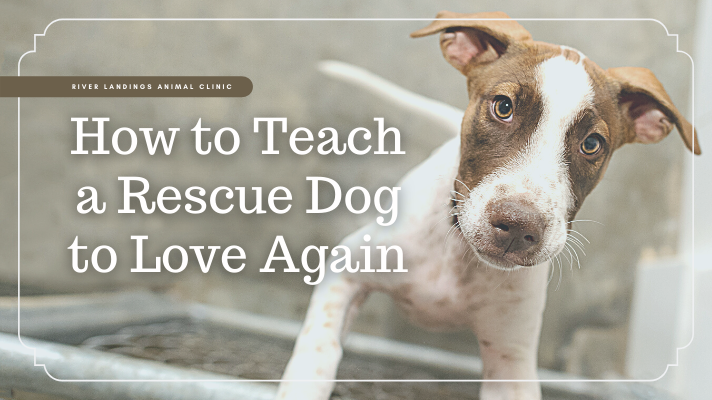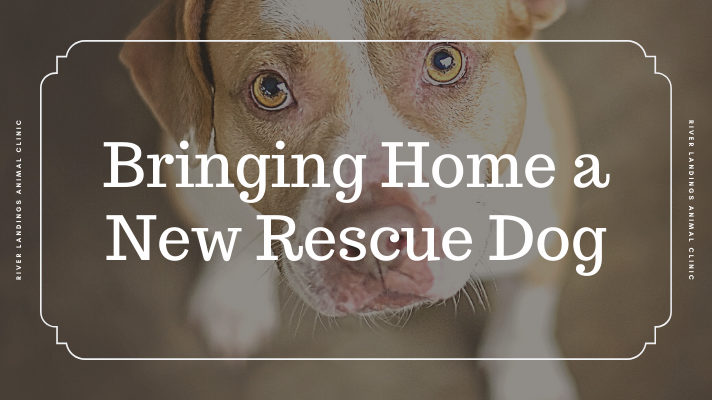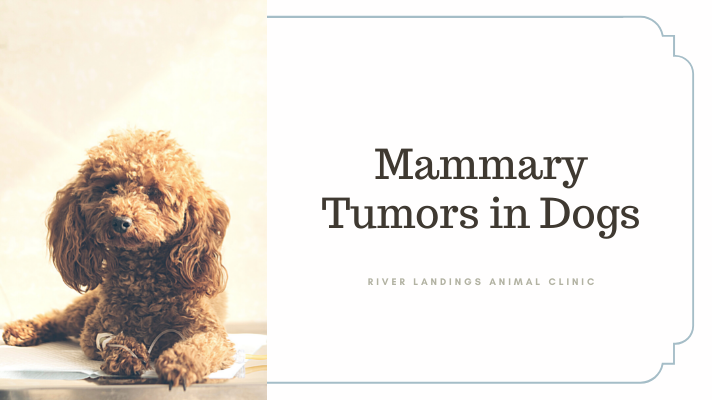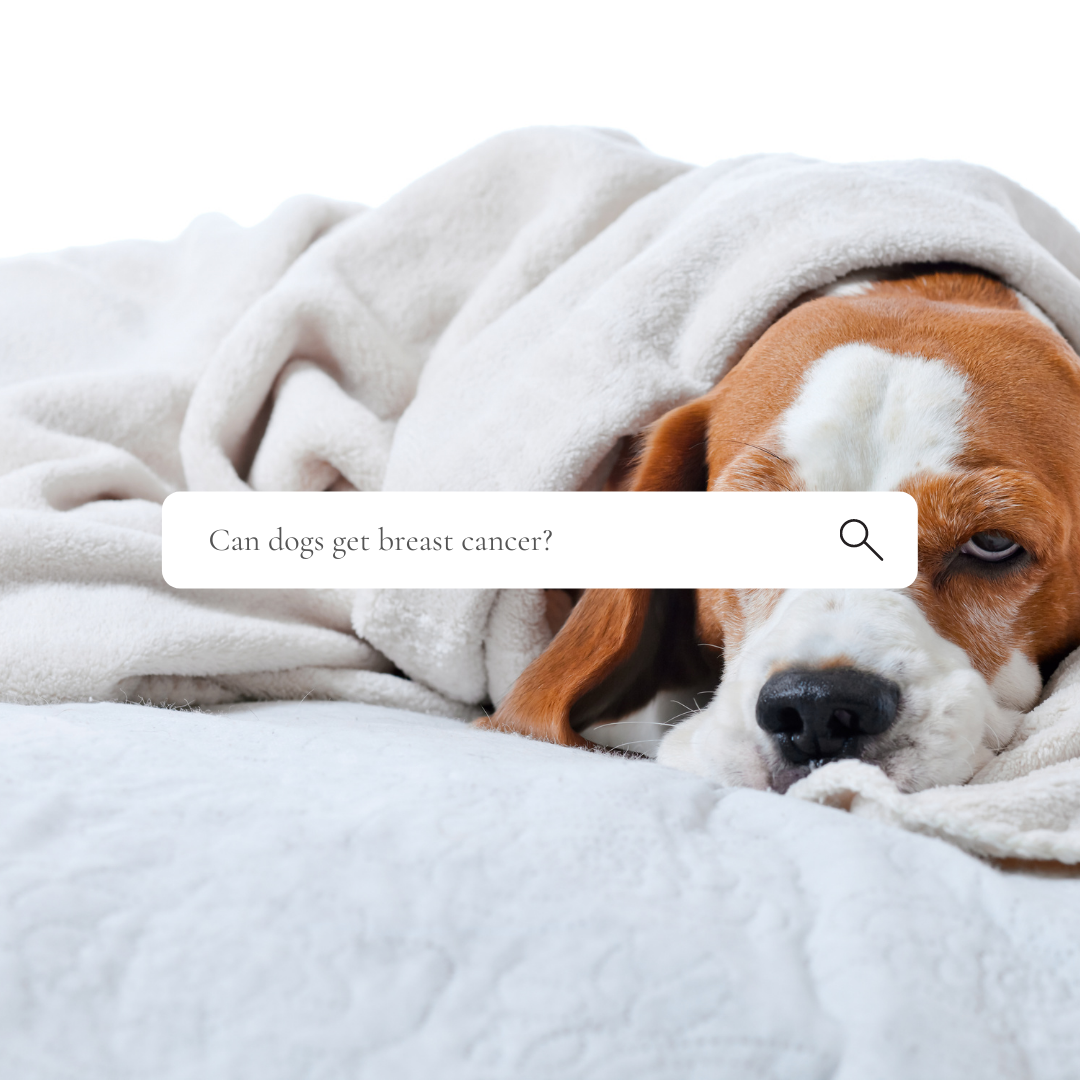Imagine you’re a dog that has been surrendered, and upon waking up, only to find that everything in your world is different. Around you, others are screaming and crying. Now imagine you’re a stray, found on the streets never knowing where your next meal may be or maybe you spent most of your days chained up and unloved. On good days, a stranger comes to visit and take you for a walk. The rest of the time, there is nothing to do but sleep and wait. Then, it all changes again. A new family. A new home. All new smells. It’s no wonder that bonding with rescue dogs is a slow, tedious process that requires patience.
The First Steps to Bonding With a Rescue Dog
Dogs are trusting by nature but that trust has limits. The more a dog is subject to abandonment, the more anxiety-ridden they’re likely to be. While we may not always know the specific circumstances that led a dog to feel unsafe in the world, rebuilding trust is possible.
Give your new dog space
One of the larger mistakes people make with fearful dogs is paying them too much attention too quickly. For most dogs with severe anxiety or trust issues, you are part of the landscape of scary stuff they’ve been thrust into.
The absolute best thing you can do for an emotionally fragile dog is to give them space. Bonding with a rescue dog is all about going slow. Don’t force your dog to sit with you on the couch or sleep with you in the bed. Do offer them a comfortable alternative (like a dog bed) that is theirs alone, somewhere within eyesight but just out of reach.
Let your dog guide your interactions
Instead of approaching your dog to give them attention, let your dog come to you when they’re feeling comfortable.
A few other tips for bonding with a rescue dog at a pace they can handle:
Stay away from petting sensitive areas like their head, ears, tail, and paws.
Choose to pet areas like your dog’s side or back.
Never hover, bend over your dog or attempt to hug them close to your body. These actions can make a frightened dog feel trapped and lead to increased anxiety and even a bite.
Never allow someone unfamiliar to approach and pet your dog unless your dog is soliciting attention from them.
Try classical conditioning
If your pet is skittish when you move around, classical conditioning and desensitization techniques can help your pet feel more secure about being in your presence. Your objective is to merely deliver an amazing, delicious treat.
Here’s how to do it:
With a chunk of high-value food (chicken, cheese, hot dogs, etc.) or a yummy chew like a pig’s ear or bully stick, walk towards your dog.
Drop the object close by, then continue walking away.
You can speak to your dog in pleasing, soothing tones, but don’t stop to pet them.
Repeat this daily (or multiple times a day) until you see your dog start to perk up a bit when you approach.
Next time you drop the food, instead of walking away, hang out nearby.
You can talk to your dog in soothing tones but don’t interfere with your dog’s eating. (NEVER take away a food object from a fearful dog.)
Repeat until your dog is able to comfortably eat their treat with you nearby.
Over time, and with repetition, your dog learns that being near you is a positive experience, and they’ll start to relax. A calm dog is more open to bonding with you.
Avoid hand-delivered treats in the beginning
Sure, bonding with a rescue dog involves treats—but it’s unwise to make a fearful dog take food from your hand. Some dogs may be willing to get closer than they’re comfortable with in order to get high-value food, but by pushing them beyond their stress threshold, they’re unlikely to make long-term improvements.
Here’s how to work your way toward hand-fed treats:
Instead of giving your dog a treat from your hand, toss it a few feet away from you.
Repeat regularly until your dog is comfortable within a few feet of you and is happy to hang out there.
Decrease the distance you throw the treat.
Watch your dog’s body language to see if they’re able to take the treat from the new location while remaining relaxed. If so, repeat until they’re regularly approaching without signs of anxiety.
Continue to shorten the distance slowly until, eventually, you offer the treat from your hand.
If your dog darts in to grab the treat then darts away, you will know you are pushing them too fast.
Limit scary experiences on walks
To help a dog feel safe and confident in the world, they shouldn’t be placed in frightening situations. Remember that scary is relative. You may not think a rumbling truck or a busy street is scary, but your dog might.
To give your dog the best chance of building confidence outdoors, begin by walking them in the quietest place you can think of, preferably away from roads. Gradually over time (weeks or months, not days) shift your walks to busier and noisier locations. For example, your next location could be a quiet residential street.
Be sure to walk armed with plenty of high-value treats, which you can give your dog immediately after anything loud or unexpected happens. For example, if a skateboarder zooms by, immediately pull out a handful of treats and deliver them to your dog’s mouth one after another until your hand is empty. If your dog is uncomfortable taking treats from your hand, drop the handful on the ground beneath them.
Use games to build confidence
Bonding with a rescue dog that doesn’t trust the world requires confidence building. Games are a great way to start.
If your dog is uncomfortable being approached or eating food from your hand, try some extremely simple shaping exercises. Shaping is like a game of hot-and-cold where your dog is rewarded for moving closer to the goal.
How to play a shaping game
Decide what you want your dog to do. Stick to easy tasks like walking to the dog bed or touching a toy with their nose or paw.
Throw your dog a treat each time they look at the destination you’ve chosen for them.
Next, throw them a treat for shifting or inching closer to it. If your dog moves away, don’t reward.
Finally, when they accomplish the goal, jackpot them by throwing a handful of treats.
Practice your training exercises in short bursts of a few minutes at a time and make sure your dog is successful. If they’re struggling with a cue, they may not be ready for it. Be patient and always end on a win.
Help them make other dog friends
When you’re dealing with a dog with trust issues, it can be easy to forget that they’re still a dog. Many dogs that don’t trust humans are comfortable with their own kind.
Give your pup the opportunity to socialize with other dogs to help relieve stress and build their confidence in different environments. Busy enclosed dog parks aren’t always the best option for a fearful dog, as they can be noisy, chaotic, and overwhelming.
For best results, create opportunities where they can interact with one or two pets at a time, or where they have enough space to encounter other dogs without feeling pressured to interact, like a dog-friendly recreation area.






